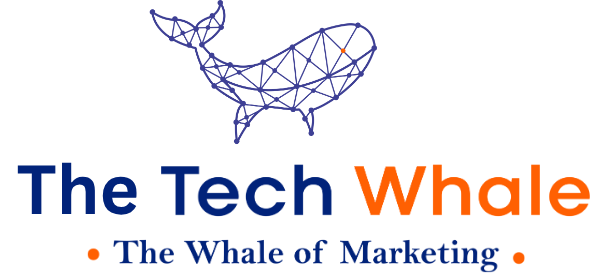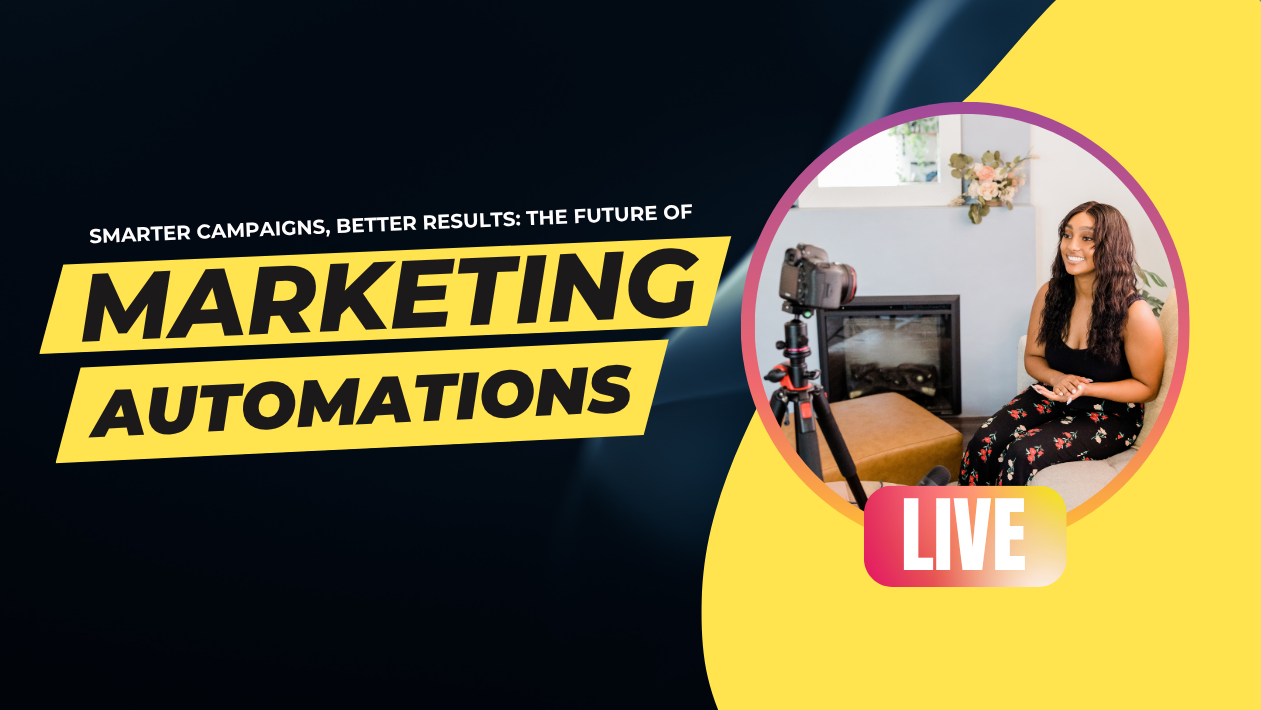In the age of short attention spans, it might seem counterintuitive—but long-form content is making a strong comeback in B2B marketing. Whitepapers, deep-dive guides, pillar pages, and research-driven articles are seeing more engagement than ever among decision-makers.
Why? Because B2B buyers are more informed—and more skeptical—than ever before. They’re no longer persuaded by surface-level marketing. They want substance. They want proof. And they want content that helps them navigate complex buying decisions with confidence.
Google’s recent algorithm changes also favor depth and expertise. Content that demonstrates authority, trustworthiness, and helpfulness (aligned with E-E-A-T principles) now ranks higher than thin, keyword-stuffed posts. As a result, B2B brands are investing in thought leadership, in-depth SEO content, and industry research that adds real value.
This shift is especially relevant for technology, SaaS, and enterprise service providers where buyers require a deep understanding of ROI, integrations, scalability, and security before they commit. Long-form content allows marketers to unpack these nuances, answer objections, and establish credibility.
Interactive long-form content is also trending. Think calculators, gated assessments, and ROI simulators built into guide pages. These tools turn static content into engagement machines, collecting valuable lead data while helping users self-educate.
The key, however, is quality over quantity. One 3,000-word resource that ranks, converts, and gets shared is more valuable than five short blogs with high bounce rates. At The Tech Whale, we help B2B brands build content hubs that serve as educational resources and lead generators.
Distribution is equally important. Long-form content works best when paired with a multichannel approach—shared via LinkedIn, distributed through email nurture sequences, and repurposed into webinars, infographics, and sales enablement decks.
B2B buyers are willing to spend time with content—if that content helps them make better decisions. Long-form is no longer boring—it’s strategic, visual, interactive, and optimized for performance. If you’re not creating deep content in your niche, you’re leaving thought leadership—and leads—on the table.





